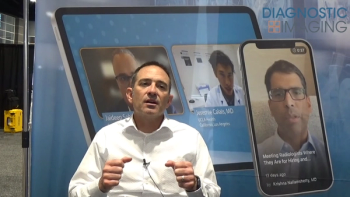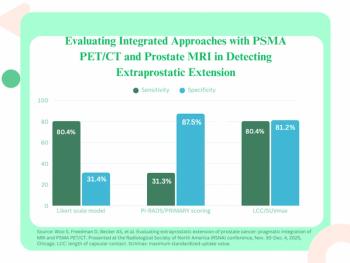
DICOM holds key to freeing up workstation market
"Integration, integration, integration" is the mantra in healthcare IT circles. Why, then, do most PACS solutions require radiologists to report all images on that same vendor's workstation?The closed market in reporting workstations could be blown
"Integration, integration, integration" is the mantra in healthcare IT circles. Why, then, do most PACS solutions require radiologists to report all images on that same vendor's workstation?
The closed market in reporting workstations could be blown open with sufficient pressure from the radiology community, according to Dr. Dave Harvey, a radiologist working for Medical Connections in Swansea, U.K.
A DICOM protocol that disentangles reporting hardware from PACS software already exists. Radiologists just need to demand this added flexibility, he said.
"Most people still think of PACS as being a central storage item and radiology reporting workstations, all from the same vendor," he said. "They accept that you can connect to other vendors' clinical workstations and modalities, and even to a rival vendor's RIS via a broker. But there is no need for the reporting workstations to be part of the PACS any more than the other hardware and software add-ons."
The protocol with potential to shake up the workstation market is the DICOM General Purpose Worklist. It is modeled on two existing DICOM services, Modality Worklist and Modality Performed Procedure Step, that facilitate communication between imaging modalities and the RIS.
Implementation of the General Purpose Worklist feature would give radiologists access to a ready-to-use reporting list, complete with prefetched images and alternative sorting criteria, on whatever reporting workstation they happened to choose.
"There are no technical reasons for vendors not providing DICOM General Purpose Worklist," Harvey said. "They have done it for their proprietary versions. All we are asking them to do is to make the same functionality vendor-neutral."
Separating storage solutions from reporting hardware would benefit small PACS companies with expertise in software but not display technology and also third-party workstation vendors, he said. Customers would be free to choose "best of breed" workstations independent from their PACS supplier. The open market could also drive down prices of reporting workstations.
Harvey accepts that vendors are not going to start offering DICOM General Purpose Worklist overnight, even if they could. Radiologists buying a PACS should get a contractual commitment from their vendor, however, to support the protocol within 18 to 24 months, he said. The situation mirrors DICOM's own emergence 10 years ago.
"To be honest, radiologists looking for a hassle-free PACS installation are probably best advised to get their reporting workstations from the PACS vendor as one bundle in the first instance," Harvey said. "But they need to keep that flexibility for the future."
Newsletter
Stay at the forefront of radiology with the Diagnostic Imaging newsletter, delivering the latest news, clinical insights, and imaging advancements for today’s radiologists.




























